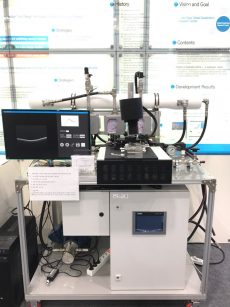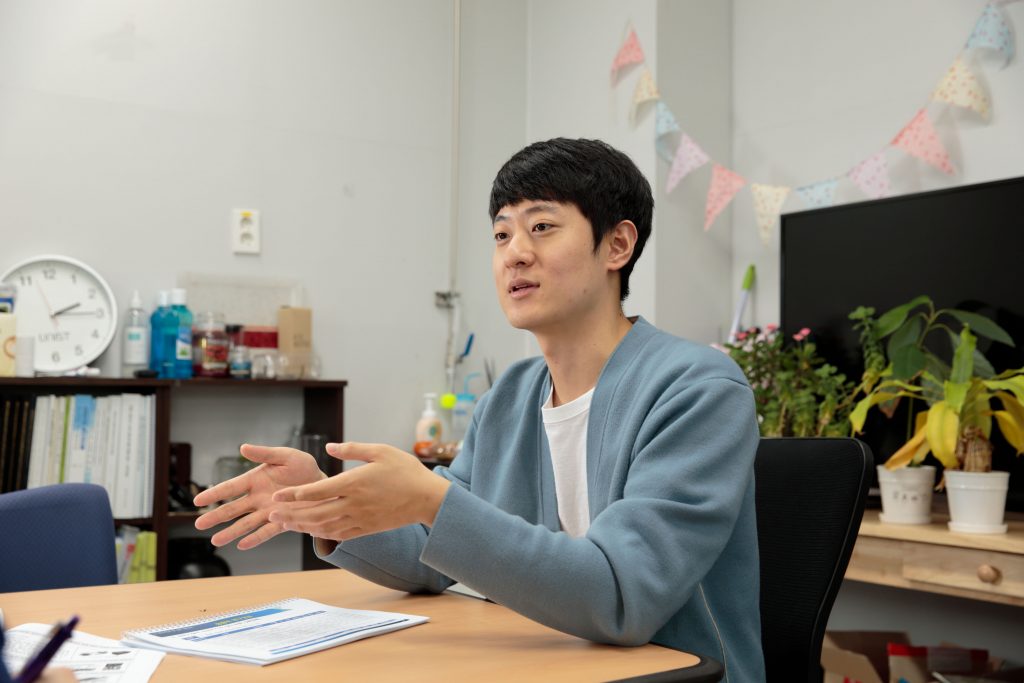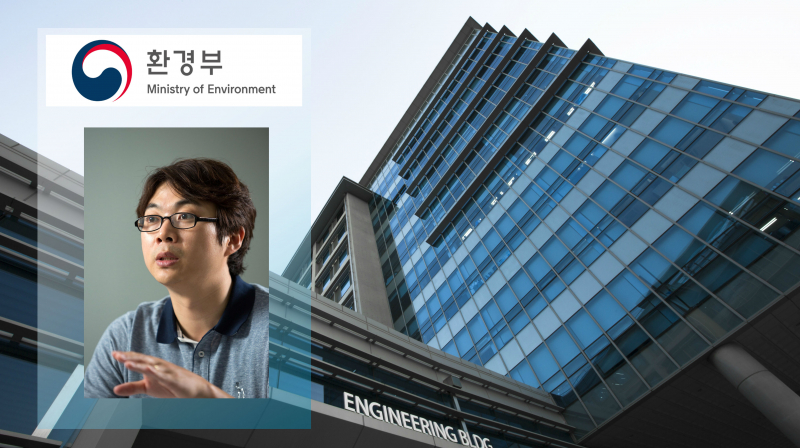The Ministry of Environment held the ‘2019 National Environmental Technology Conference & Panel Discussion’ to recognize the nation’s top 20 outstanding R&D performances in the field of environmental technology.
According to the latest report, released on November 1, Professor Kyung Hwa Cho and his research team in the School of Urban and Environmental Engineering at UNIST were among those featured in the ‘National Top 20 R&D Performances on Environmental Technology Development’ for 2019.
Professor Cho has been given this honor in recognition of his recent project for the development of the membrane fouling prediction technology for the contaminated areas of Middle East. This project has been carried out since 2016, thus has produced eight SCI-level papers. Five of these papers have demonstrated their excellence by being included in the so-called Top 5% journals of environmental science.

The selection committee has selected this year’s list from 72 exceptional R&D projects from the research conducted in four departments, which are closely related to people’s living, such as climate change and air pollution, indoor safety and health, resource recycling, and water. And only 20 finalists were chosen for their R&D achievements, including Professor Cho. The following is the top breakthrough technology that has been included on the 2019 list: the ‘Membrane Fouling Prediction Technology for the Contaminated Areas of Middle East’ by Professor Cho.
The research is about developing elementary technologies for the construction of seawater desalination plants in the Middle East, the most water-scarce region in the world. Through this project, Professor Cho and his research team have developed necessary technologies to monitor and predict environmental pollution produced by the desalination plants.
Seawater desalination to convert seawater into drinking water is being used in many regions of the world and this requires reverse osmosis membrane process. Yet, the problem is that membrane contamination continues to occur during the purification process. Currently, in order to identify and cope with such membrane contamination, it is cumbersome to directly disassemble the membrane filter and measure internal contamination.
The technology developed by Professor Cho’s team can measure and analyze contamination status without the need of a separate filter, using real-time optical coherence tomography system. In addition, through the prediction of pollution levels using big data analytics approach, they have established a foundation to drastically improve the maintenance of seawater desalination plants.

SangHun Park in the School of Urban and Environmental Engineering at UNIST.
“We are honored to see all our hard work and determination really paid off,” says SangHun Park in the School of Urban and Environmental Engineering at UNIST. “We will continue to put effort into developing excellent technologies that can be used towards water treatment and purification.”












